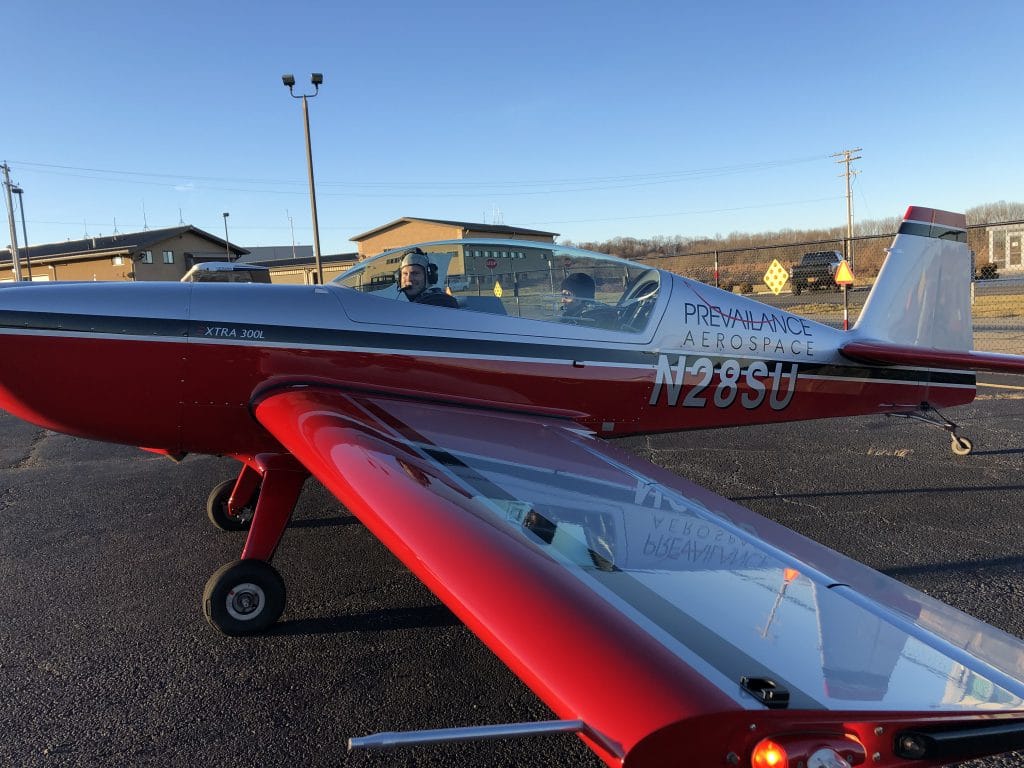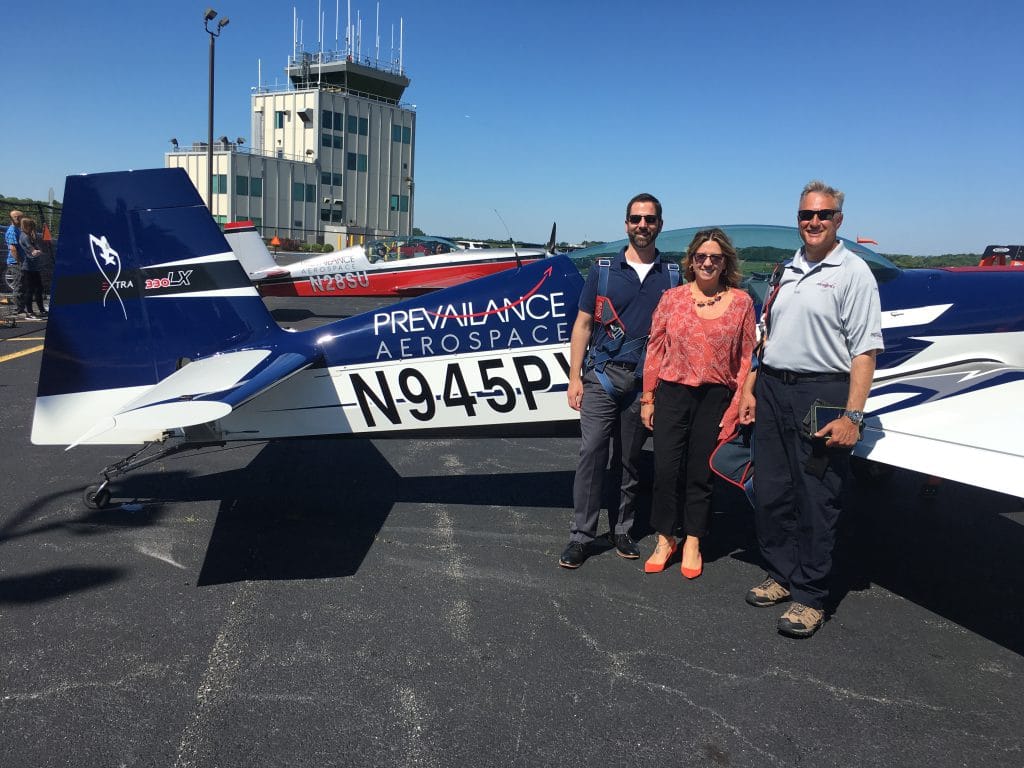“Aircraft upset” is a term that no one in aviation likes to hear when it is used to describe a real-world event. It is a condition in which the flight attitude or airspeed of an aircraft is allowed to wander outside the parameters for which it is designed, and one that can have tragic consequences.
According to the NTSB, between 2001 and 2011, loss of control by the pilot was the cause of over 40 percent of fixed wing general aviation fatal accidents. While the fatal accident rate has declined in recent years, the FAA says 347 people still died in 209 fatal accidents in 2017. The international statistics are equally sobering, with the Flight Safety Foundation quoting IATA (International Air Transport Association) data showing that 30 loss of control accidents between 2012 and 2016 resulted in 949 fatalities.
Clearly, aircraft upset is a high-risk situation that requires immediate corrective action and a position in which pilots do not want to find themselves. That is, of course, unless they choose to do so intentionally, to experience it and learn how best to respond.

Colin Bruno (Global Aerospace) and Renee Brilhante an Instructor Pilot from Prevailance.
Controlled Chaos That Leads to Valuable Aviation Insights
Recently two Global Aerospace executives participated in an Upset Prevention & Recovery Training (UPRT) course provided by Prevailance Aerospace. Colin Bruno, a senior vice president and senior underwriting manager, and Steve Murray, a vice president and underwriting manager, did just that. They spent time in the classroom studying the concepts related to aircraft upset prevention and recovery, and in the air learning what it feels like to suffer a loss of control and how to recover from it. Colin and Steve are seasoned pilots, and UPRT was an eye-opening experience for both of them.
This specialized type of training is relatively new, and has developed in response to the growing awareness that loss of control is a persistent problem that can’t be overcome simply by flying more hours under normal conditions. UPRT is available in smaller acrobatic airplanes, larger jet aircraft, and many types in between. It is now becoming integrated into simulator training where this capability has recently been developed.
“Prevailance was providing UPRT training to a group of operators insured through Global Aerospace, and it was the perfect opportunity for me to get firsthand experience on this critical safety issue. Now, I can share my experience with clients, producers, and others in the industry,” says Colin. “Having never participated in aircraft upset training before, it also allowed me to add to my skill set and made me a better pilot.”
“When I flew as a corporate pilot, I did a similar type of training in a Learjet, so this was an opportunity to compare that experience with the modern approach, flown in a smaller acrobatic aircraft,” says Steve. “The new perspective was interesting and enlightening, especially as I have conversations with pilots about the merits of the training.”

Steve Murray and Marilena Sharpell (Global Aerospace) with Chris Thomas an Instructor Pilot from Prevailance.
A Thoughtful Progression Through Critical Aviation Safety Topics
Colin and Steve were impressed by the breadth and depth of the UPRT classroom material as well as the steps taken to ensure that the flying sessions were both instructive and safe. Led by the company’s CEO, a former Naval Aviator and instructor, the training focuses on four key areas:
- Knowledge – Everything from the aerodynamics encountered during a loss of control to natural human reactions and effective recovery procedures
- Spatial orientation – Flight training that covers basic airmanship skills that tend to decline due to reliance on automated aircraft control systems
- Unusual attitude recovery – Exposure to the sensations produced by loss of control and practice in responding to them
- Spin recognition and recovery – Development of spin recovery techniques and skills, which are new to many aviators today
An added benefit was spending time with other seasoned pilots. As Colin observes: “Not only did I learn the science of aircraft upset recovery and achieve the in-flight experience of bringing an aircraft back to normal attitude and airspeed, I also learned a great deal from the expertise of my classmates, as they shared their stories.”
Who Can Benefit From Aircraft Upset Prevention & Recovery Training?
After participating in the Prevailance Aerospace UPRT, Colin and Steve are in full agreement that every pilot can benefit from this type of training. “My session included pilots of varying experience levels. Some were early in their career and have little experience with unusual attitudes, while another was a military pilot with over 25 years in the cockpit of an A-10,” says Colin. “Every one of us, even the seasoned veteran, learned something from the training. In particular for me, the ‘startle response’ is a physiological and psychological reaction I’m glad to have experienced, as it’s critical that pilots know how to address it correctly.”
“During my years as a corporate pilot, this kind of training simply wasn’t available,” Steve adds. “Now we’re seeing how valuable it is, especially since a pilot’s goal is to make flights uneventful. The fact that ‘you don’t know what you don’t know’ about aircraft upset is eye opening. Not only should every pilot experience it, there is a growing body of research that aviators can benefit from refresher training every two years.”
An Outstanding Benefit of the SM4 Aviation Safety Program
As one of the many benefits of the SM4 Aviation Safety Program developed and supported by Global Aerospace, each year we provide clients with the opportunity to select one of their pilots for upset prevention and recovery training free of charge. It is part of our ongoing commitment to help achieve higher levels of operational safety. Our goal is to be a leader in this area and to draw attention to an important industry issue and the resources available for addressing it.
But, of course, decreasing the number of accidents caused by aircraft upset is just one of the challenges facing aviation today. The SM4 program covers a wide spectrum of safety issues, and continues to develop as our industry evolves, including through relationships with leading companies like Prevailance Aerospace.
If you have questions about our products or industry alliances, please contact us at your convenience.